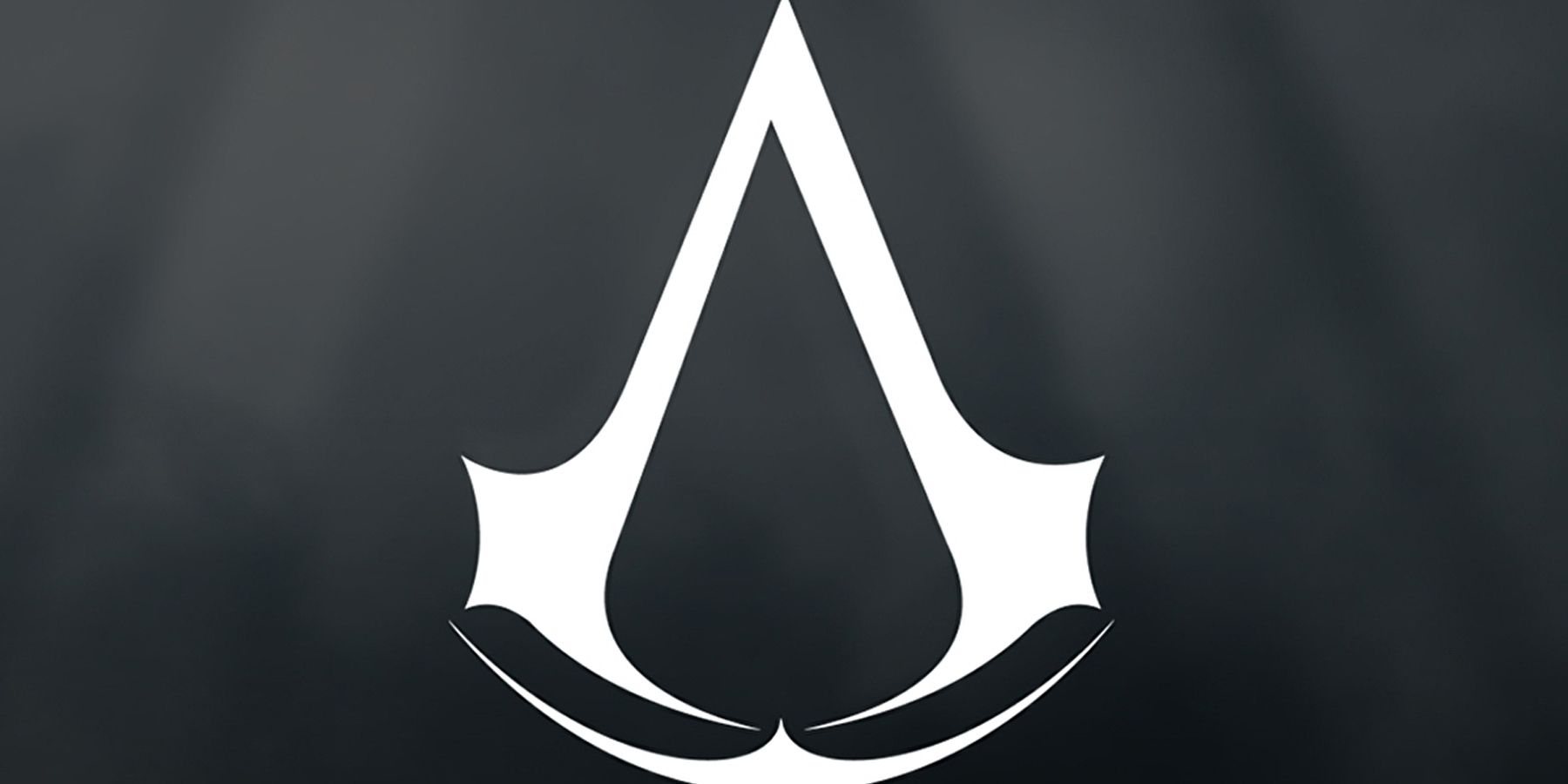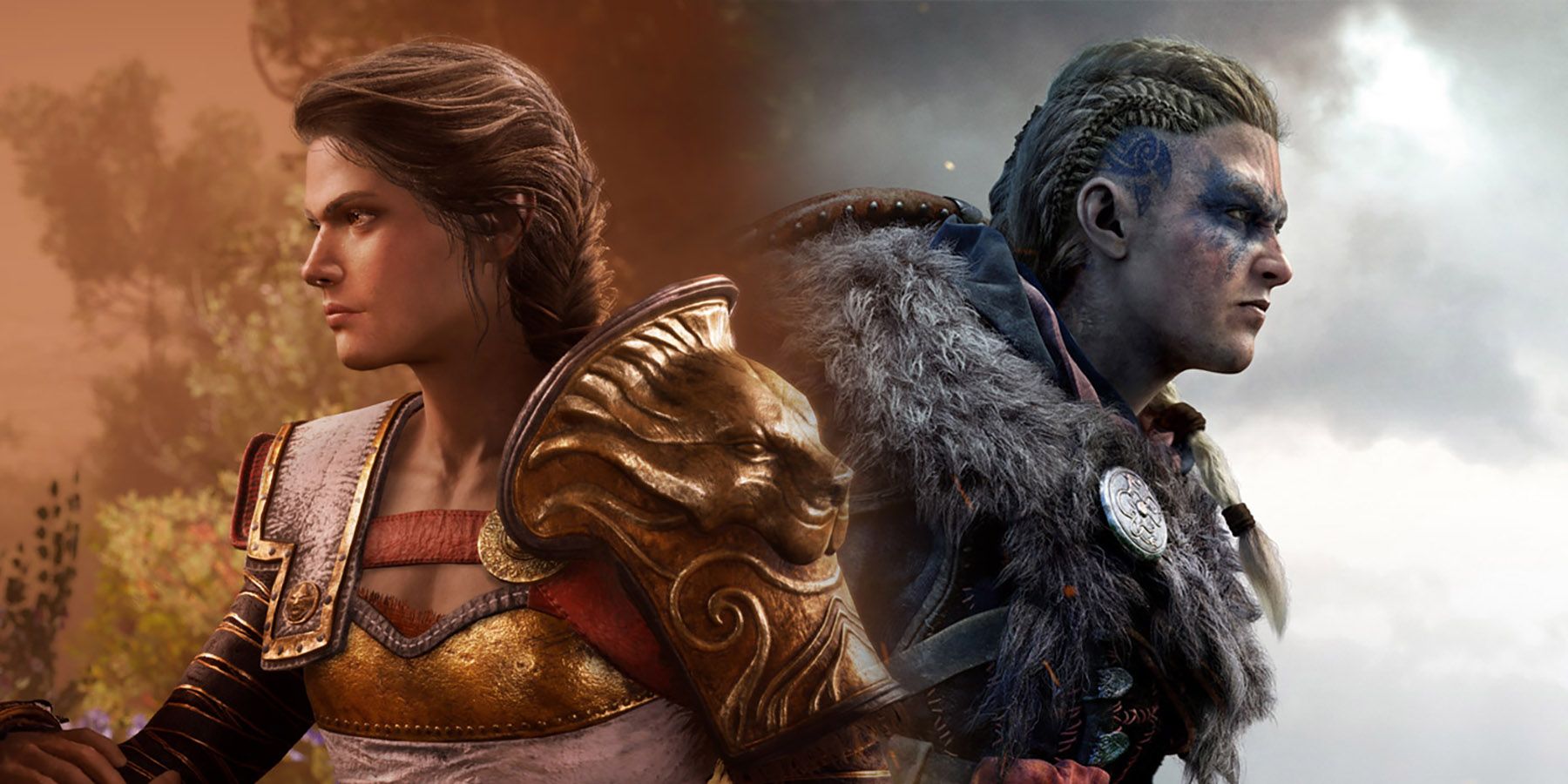The first Assassin’s Creed game was released back in 2007. Set against the backdrop of the Third Crusade, the first chapter told what seemed like a straightforward story of the secret war between the Assassins and Knights Templar. However, the timeline may have gotten messy after fourteen years, twelve main games, and several spinoffs.
Fortunately, one fan came to the rescue with a convenient image showing when each game takes place relative to the rest of the series. While it doesn’t cover every piece of Assassin’s Creed media, it’s still a helpful guide for keeping track of the major events of the Assassin’s Creed universe. The image also reveals some interesting details that may not be obvious to casual players.
Reddut user Chapere’s timeline looks at the 12 main games in the Assassin’s Creed franchise. In the order of when they take place, the games are Odyssey, Origins, Valhalla, the first Assassin’s Creed, the three games of the Ezio Trilogy, Black Flag, Rogue, Assassin’s Creed 3, Unity, and Syndicate. The timeline notably excludes Assassin’s Creed: Liberation, the Chronicles trilogy, and all DLC.
Timeline that shows in which timespan the major Assassin's Creed Games took place. Which time in history would you like see next in an AC Game? from assassinscreed
For anyone curious about the missing games, AC: Liberation takes place from 1765 to 1777, putting it within the timeframe of Assassin’s Creed 3. Meanwhile, the Chronicles games are scattered about but would mostly come near the end of the timeline. India took place in 1841, about 27 years before AC: Syndicate. Russia, meanwhile, took place in 1918, more than half a century after the franchise’s trip to London. That would also make it the last game in the timeline. China is the outlier, coming a decade after AC: Revelations.
As for the games included in Chapere’s timeline, a few patterns stick out. The first is that Assassin’s Creed titles get much more tightly packed the closer they get to the present day. Five games, almost half the series, take place after 1700. Meanwhile, the three most recently released games are the most spread out and earliest in the timeline. For example, the gap between Origins and Valhalla is twice the size of the one between Valhalla and the original game.
This pattern makes sense when one looks at Ubisoft’s approach to the series overarching narrative. The games tell different parts of what’s essentially the same story until after the release of Assassin’s: Creed Rogue. Beyond that, there was a trend of each game generally moving forward in time. Black Flag and Rogue were the only exceptions. However, Ubisoft seems to have mostly abandoned that approach.
The timeline also shows how much of history the series could still explore. Origins only technically took place during the Roman Empire, and it’s been long enough that it might be worth revisiting the Crusades. The Mongol invasions of Europe and the Middle East could also make for an exciting setting. Not to mentions places like India, China, Japan, or sub-Saharan Africa. None of which have ever featured in a main series Assassin’s Creed game.


